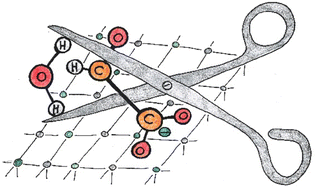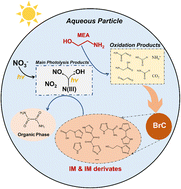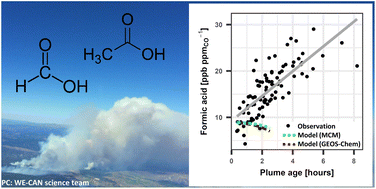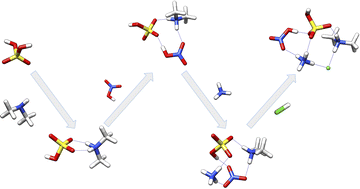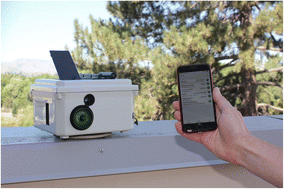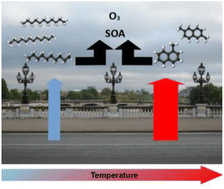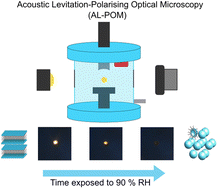Environ. Sci.: Atmos., 2023, 3,1533-1540
DOI: 10.1039/D3EA00079F, Paper
DOI: 10.1039/D3EA00079F, Paper
 Open Access
Open Access This article is licensed under a Creative Commons Attribution-NonCommercial 3.0 Unported Licence.
This article is licensed under a Creative Commons Attribution-NonCommercial 3.0 Unported Licence.Priscila Boleta Gonçalves, Joyce Cristale, Amanda Araújo da Silva, Danilo Covaes Nogarotto, Daniela Montanari Migliavacca Osório, Lincoln Lucilio Romualdo, Simone Andréa Pozza
Regional sources and meteorological variables influence the levels of OPEs in PM10 samples from Limeira, Catalão, and Novo Hamburgo. The concentrations found pose no non-carcinogenic risk to human health.
The content of this RSS Feed (c) The Royal Society of Chemistry
Regional sources and meteorological variables influence the levels of OPEs in PM10 samples from Limeira, Catalão, and Novo Hamburgo. The concentrations found pose no non-carcinogenic risk to human health.
The content of this RSS Feed (c) The Royal Society of Chemistry


